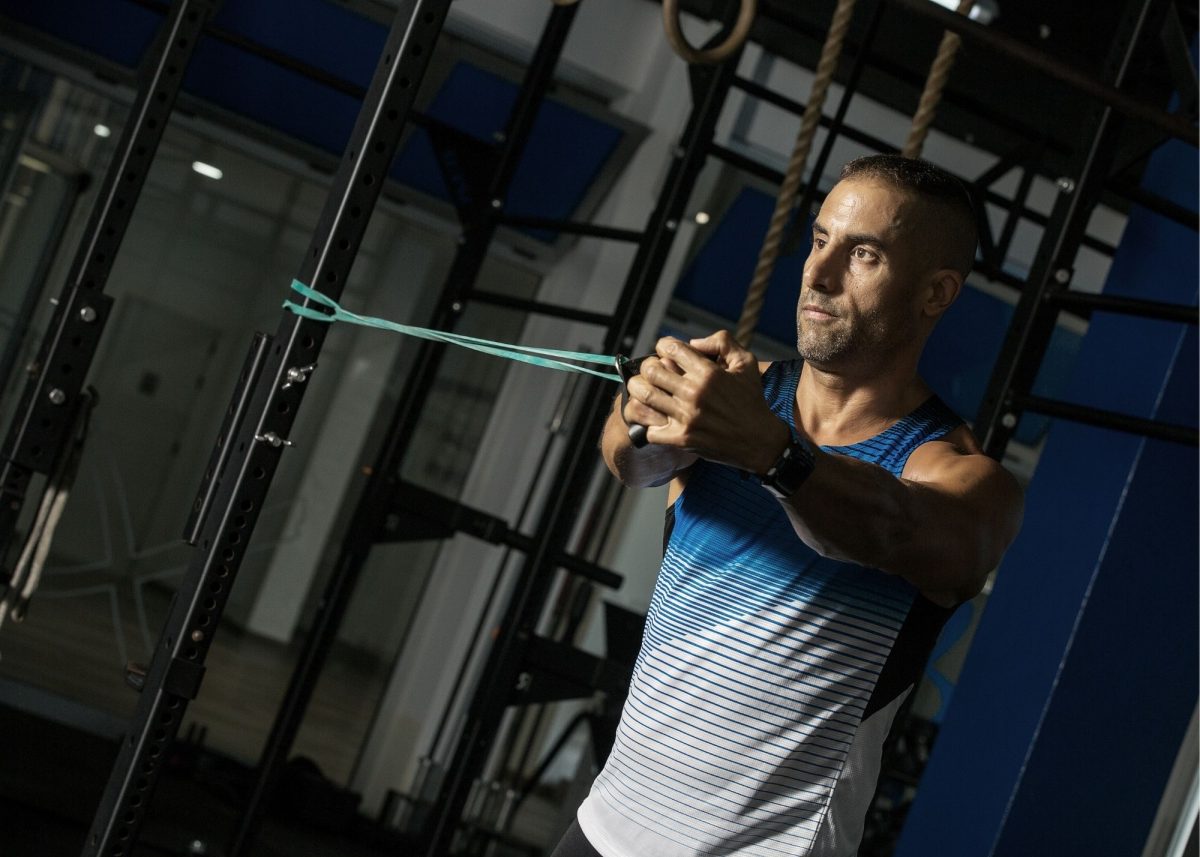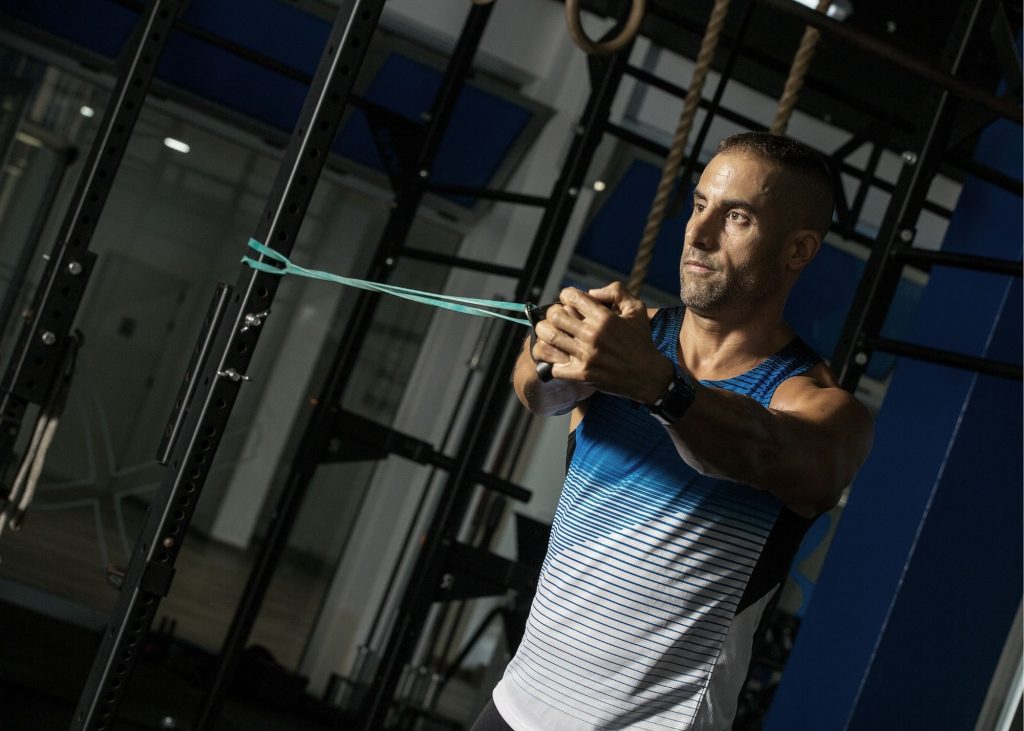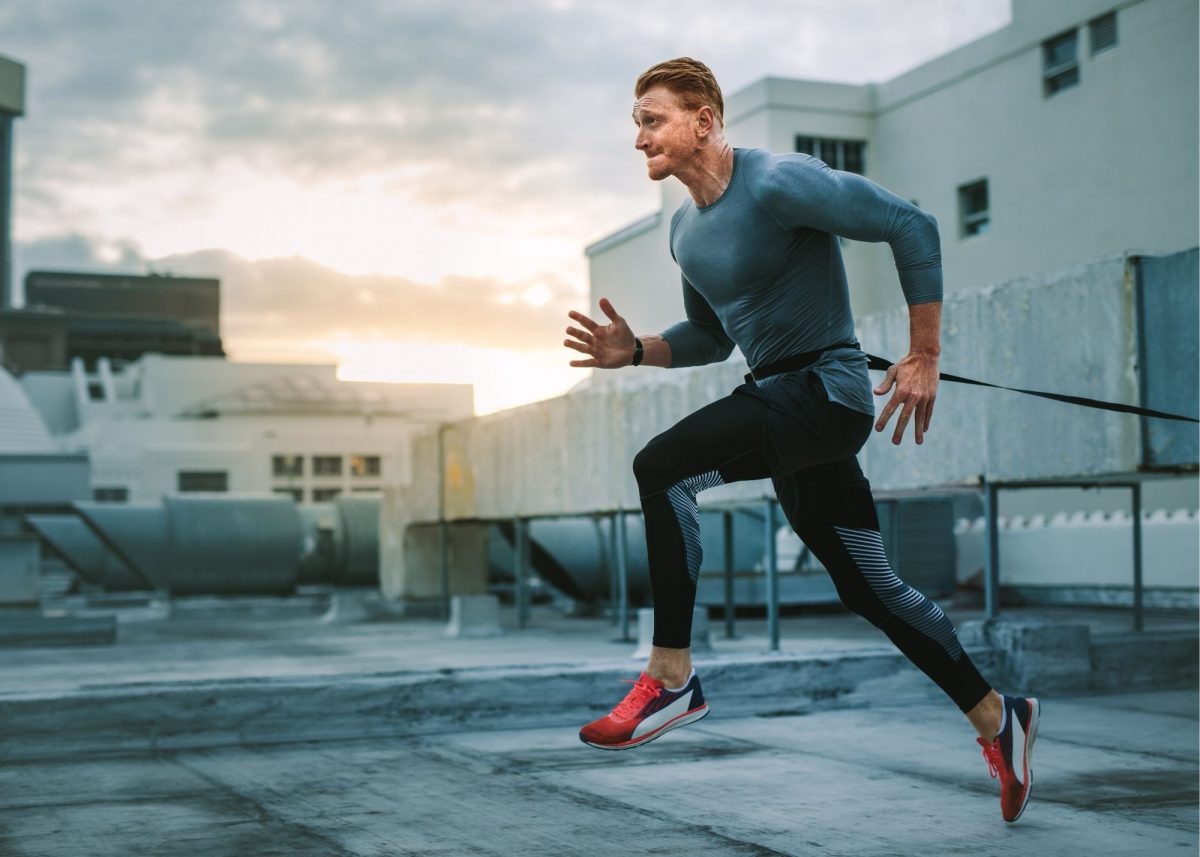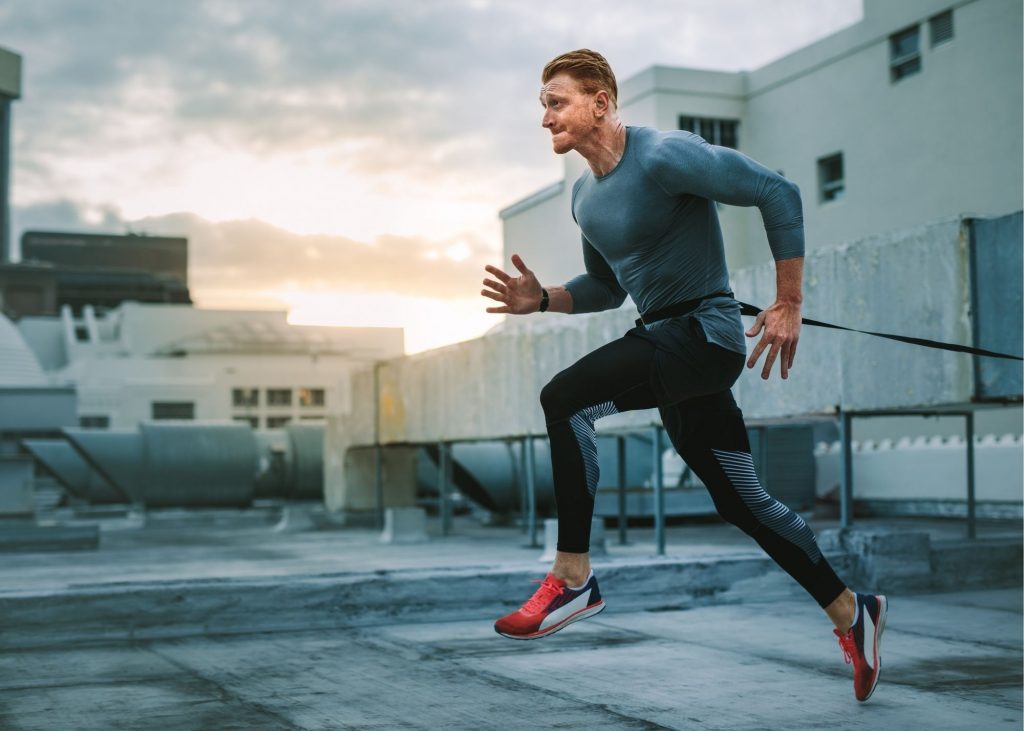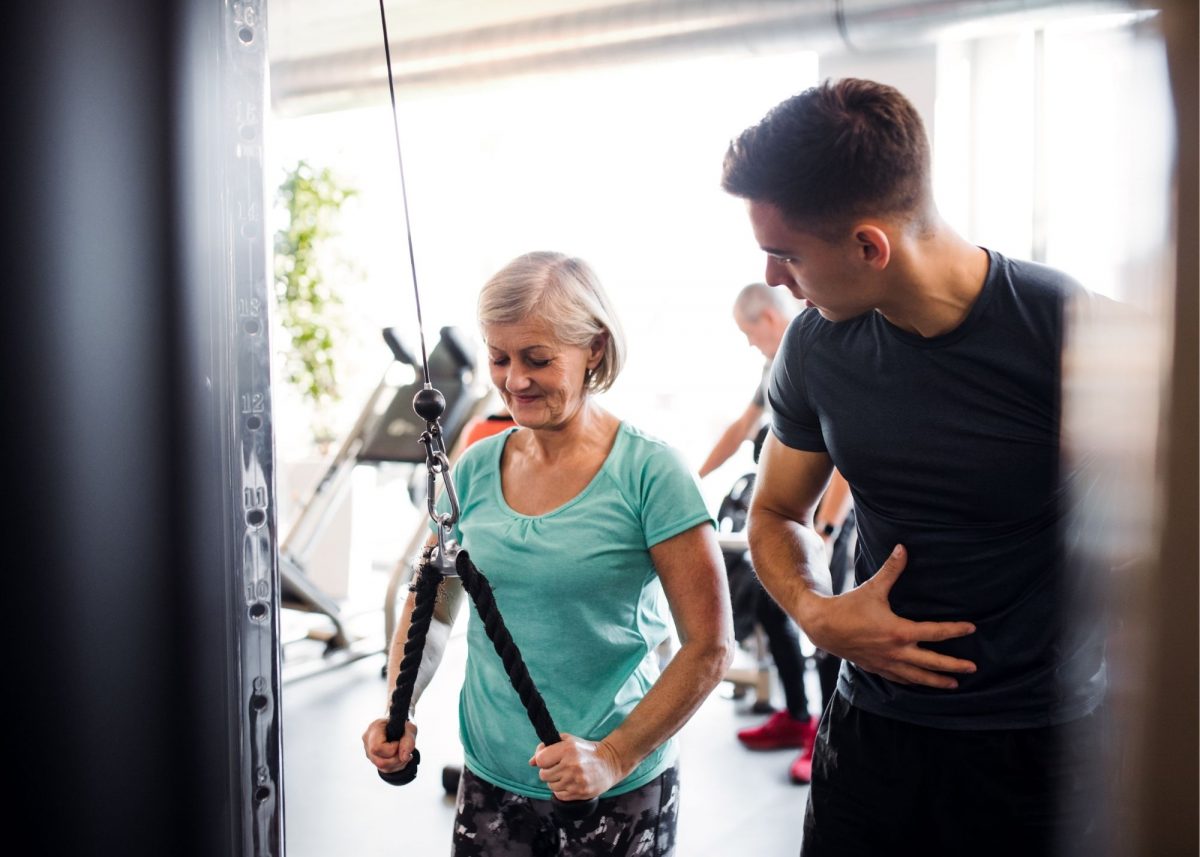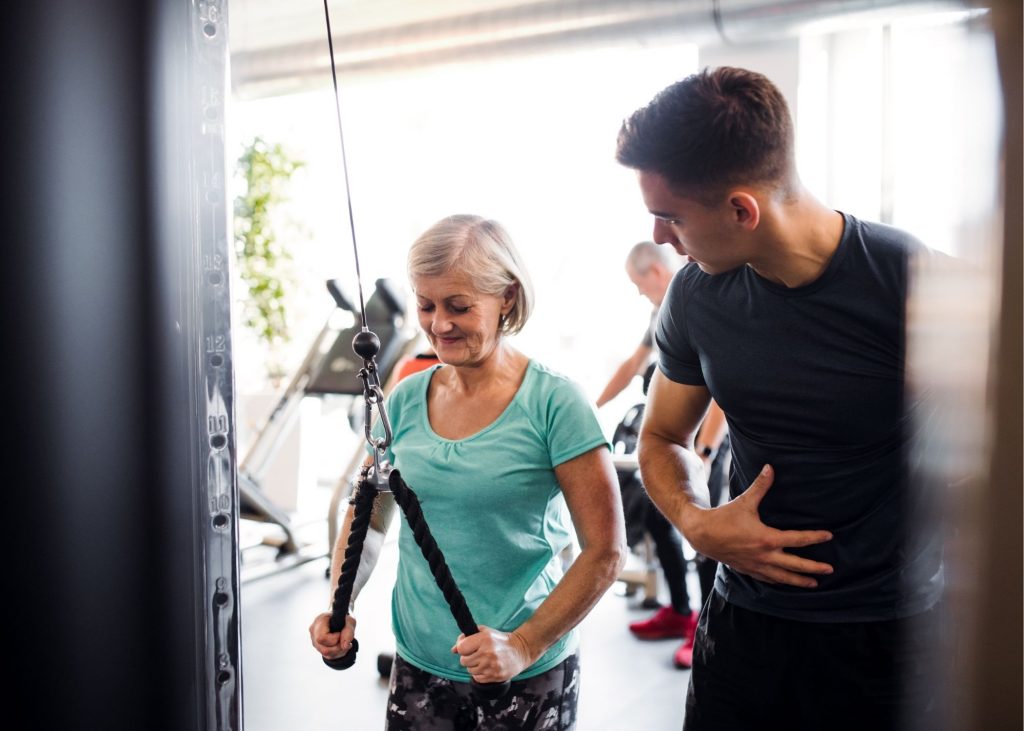
Overview
. Learn how to lower your heart rate
. Learn about target heart rate and resting heart rate
. Your target heart rate is between 50 and 85 percent of your maximum heart rate
. A lower resting heart rate is optimal because it means your heart is highly efficient
. Are heart monitors useful?
A birds-eye view to heart health
Today we talk all things heart rate and how you can use that data to optimise your health. The two main metrics used are resting heart rate and target heart rate. The former refers to the efficiency of your heart on a day to day basis, which is an indicator of general health, while the latter relates to your target zone in terms of energy and intensity while exercising, which helps to preserve your long term health. We will look at both in more detail in a moment.
But first some background on what can affect your heart rate and how you can control your heart rate. In the basics of heart health we looked at the core tenets of exercise, nutrition and lifestyle as the main factors that are under your control. If you take take a holistic approach and treat all three aspects seriously, you’re overall heart health will certainly improve. Your age, emotional state and fitness level can all affect your heart rate.
The key points are to sleep well, reduce stress, exercise regularly, cut back on smoking and alcohol and to eat a balanced, healthy diet that includes lots of fruit and vegetables. The Australian heart foundation recommends doing some form of physical activity five days a week, either 2.5-5 hours of moderate activity or 1.25-2.5 hours of vigorous activity, or some combination of the two and Hopkins Medicine recommends a mix of aerobic exercise, resistance training, stretching, flexibility and balance to create a diverse and holistic health program to achieve full benefit.
Target heart rate
- Listen to the signs and understand your own body
- Consistently working within the target heart zone is optimal
But once you’ve made it a point to exercise the next thing to consider is exactly how hard you should exercise, and this is where your target heart rate comes in. You are essentially trying to find the optimal level of effort while exercising to reap the most benefit. In other words, how fast and how hard should you go.
Too relaxed and you might be leaving something in the tank, and too intense and you might be doing more harm than good. Like most things in life, it’s about finding that right balance to achieve the most reward. To calculate your maximum heart rate the most basic rule is to subtract your age from 220. Once that number is established, for most people their target heart rate is considered to be somewhere between 50 and 85 percent of their maximum heart rate.
While experts differ on whether people should obsess over this, the best approach seems to be to use it as a guide. If you’re falling under that 50 per cent threshold, it could be interpreted as a sign that maybe you can afford to work a bit harder, but within reason. If you are looking for some ideas on motivation or how best to structure your fitness program feel free to read our articles on how much you should exercise and the benefits of exercise to get your mind prepared.
The most important thing is to know your own body. You have to listen to the signs and understand what you’re capable of. Things of this nature are a guide to help you in the right direction. The more informed you are and the more knowledge you have the better off you will be. The point is that by consistently working in your target heart zone you are giving yourself the best possible chance of securing your long term health through correct exercise habits.
Resting heart rate
Your resting heart rate is one of the benchmarks that medical experts will use to determine your overall health. What this is really judging is efficiency and functionality by assessing how hard your heart has to work on a day to day basis.
With that in mind, a lower resting heart rate is optimal because it means your heart is so efficient that it doesn’t need to work as hard to do its job properly. Everything is in good order. For adults, between 60 and 80 beats per minute is considered optimal and anything above 90 is usually considered a little high. Verywellfit gives a good overview of the resting heart rate, how it aligns with your fitness goals, and what it means for your day to day life.
A high resting heart rate is considered dangerous because it’s interpreted as a predictor of cardiovascular disease down the road. It’s important to address the issue early and rectify it while you’re healthy enough to do so. As we said earlier, the way to do that is through diet, exercise and lifestyle.
This study looked at the correlation between resting heart rate and the overall fitness of Brazilian adolescents. It first defines the meaning behind the numbers:
‘Heart rate reflects the number of contractions of the ventricles per unit time and fluctuates substantially with variations in systemic demand for oxygen.’ What this basically means is that the heart has to work harder when it’s not getting the appropriate supply of oxygen. The findings indicate that aerobic exercise is beneficial to your overall health. They also underline why it’s important to get into good exercise habits at a young age and maintain them right throughout your life.
Above 90 beats per minute
- Above 90 beats per minute is entering dangerous territory
- Activate health and lifestyle choices to lower your heart rate
But what if you are starting to enter that danger zone above 90 beats per minute. This study interprets the data as such:
‘Results from this meta-analysis suggest the risk of all-cause and cardiovascular mortality increased by 9% and 8% for every 10 beats/min increment of resting heart rate….but a significantly increased risk of cardiovascular mortality was observed at 90 beats/min.’
So again, when you approach that 90 beats per minute threshold you’re entering dangerous territory and it’s important to activate lifestyle choices for your own health and wellbeing. For your own benefit, you should make some serious life decisions while you’re still healthy and active enough to do so.
It’s important for people of all ages to monitor their heart rate and take the data seriously. But the good news is that through diet and exercise you can rectify any underlying issues and preserve your long term health provided that you fully commit to the correct course of action. If you are looking for a diet plan, here are some ideas for healthy eating for the heart.
Bradycardia: Slow Heart Rate (Below 60 beats per minute)
The flipside to a fast heart rate is obviously one that’s too slow, commonly referred to as bradycardia, and defined as a heart that beats at fewer than 60 beats per minute. For some people this can be interpreted as a health issue that needs to be monitored. Mayoclinic gives a good overview of the condition and point out that it should be noted that there are exceptions to the rule and that elite athletes and healthy young adults who fall under this bracket aren’t considered a health risk.
But for some people it is an issue. Heart.org describes some of the symptoms of bradycardia as being fatigue, dizziness, confusion and shortness of breath and some of the potential complications as being heart failure and fainting. In regards to problem and remedy they state that the main issue is that ‘a heart rate that’s too slow can cause insufficient blood flow to the brain’ but that ‘in many cases, a pacemaker can regulate the heart’s rhythm, speeding up the heart rate as needed.’
If you feel that you are at risk keep a close eye on things and always call a doctor if you start to experience any symptoms. Mayoclinic lists age, smoking, recreational drug use, heavy alcohol use and high blood pressure as some of the risk factors.
Should you use a heart monitor?
- Heart monitors are useful for the serious fitness trainer
- More information is valuable for very focused goals
Whether you feel you need a heart rate monitor or not I suspect will come down to how serious and driven you are about your training, how much of a details person you are and how goals orientated you are. If you tick all of those boxes the chances are that a heart rate monitor may be a viable investment and something that could be quite useful for your personality type.
If you are a bit more laid back the traditional method of taking your pulse before and after each training session may suffice. In other words, it depends on what you’re trying to achieve with your training and how hard you want to push yourself. The more focused your goals are, the more information you’re going to need and probably want.
The basic concept is that you attach a strap to your chest and electrode sensors pick up your heart rate and then transmit that data to an external source like a watch or phone app, from which you can then dissect and analyse all of that information in the form of graphs, variance and fluctuation and things of that nature. There are other models available worn as a wristwatch or armband and wareable gives a good overview of all the different options available.
References
Heart Foundation: Physical activity and your heart health
https://www.heartfoundation.org.au/heart-health-education/physical-activity-and-exercise
Hopkins Medicine: 3 Kinds of Exercise That Boost Heart Health
Verywellfit: Resting Heart Rate and Fitness
https://www.verywellfit.com/resting-heart-rate-3432632
NCBI: Association between Resting Heart Rate and Health-Related Physical Fitness in Brazilian Adolescents
https://www.ncbi.nlm.nih.gov/pmc/articles/PMC6046174/
NCBI: Resting heart rate and all-cause and cardiovascular mortality in the general population: a meta-analysis
https://www.ncbi.nlm.nih.gov/pmc/articles/PMC4754196/
Mayoclinic: Bradycardia
https://www.mayoclinic.org/diseases-conditions/bradycardia/symptoms-causes/syc-20355474
Health.org: Bradycardia: Slow Heart Rate
https://www.heart.org/en/health-topics/arrhythmia/about-arrhythmia/bradycardia–slow-heart-rate
Wareable: Best heart rate monitor: chest straps and HR watches compared
https://www.wareable.com/fitness-trackers/best-heart-rate-monitor-and-watches

